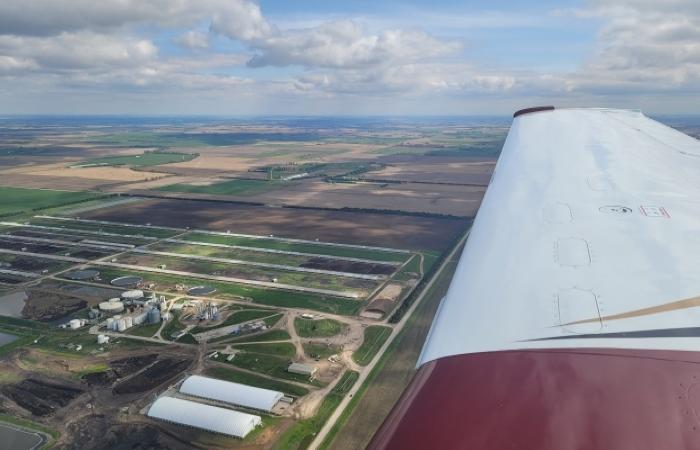Heat and mass transfer between the biosphere and atmosphere have important consequences for the climate system, ecosystems, natural resources, and human health. We use micrometeorological and boundary-layer theory, models, and measurements to improve our understanding of the biophysical processes and feedback mechanisms that control heat and mass transfer at the Earth-Atmosphere interface. We are particularly interested in the processes occuring within the atmospheric boundary layer (the lower 1 to 2 km of the troposphere).
Our current emphasis involves the combination of micrometeorological observations and models to answer important questions related to carbon, water, and nitrogen cycling at spatial scales ranging from a plant leaf growing in a small cuvette, whole plants growing in a large climate-controlled mesocosm, to a complex heterogeneous landscape based on tall tower boundary layer observations.
We are working toward developing better regional budget estimates of water, carbon, and nitrogen by using tall tower observations and models such as WRF-STILT, WRF-CHEM, WRF-LES, and CLM.
To learn more about our research program and opportunities at the University of Minnesota we invite you to explore the site.






